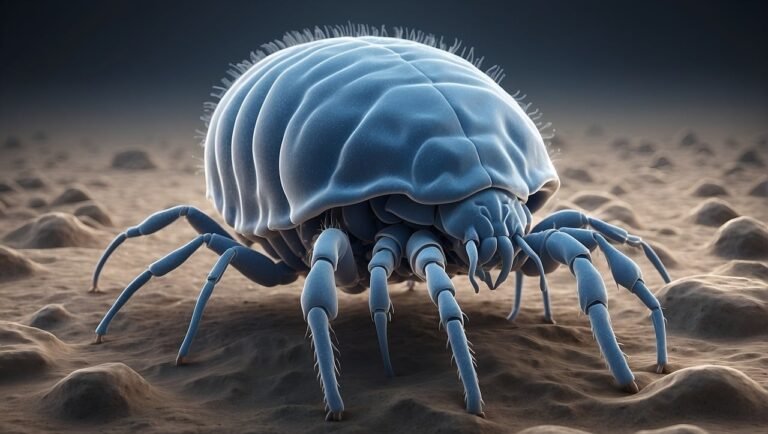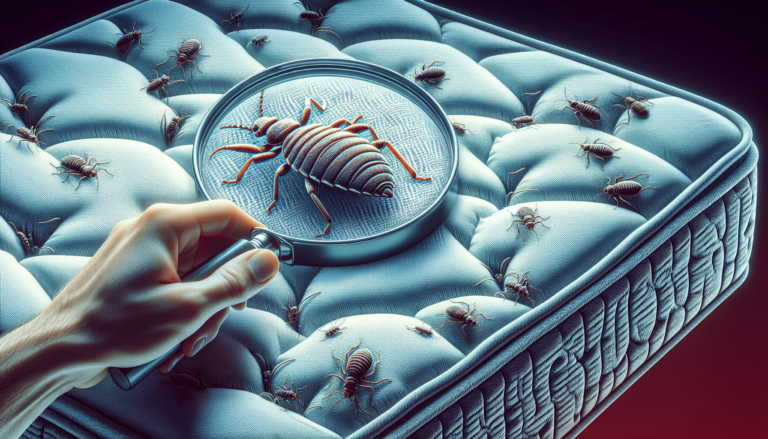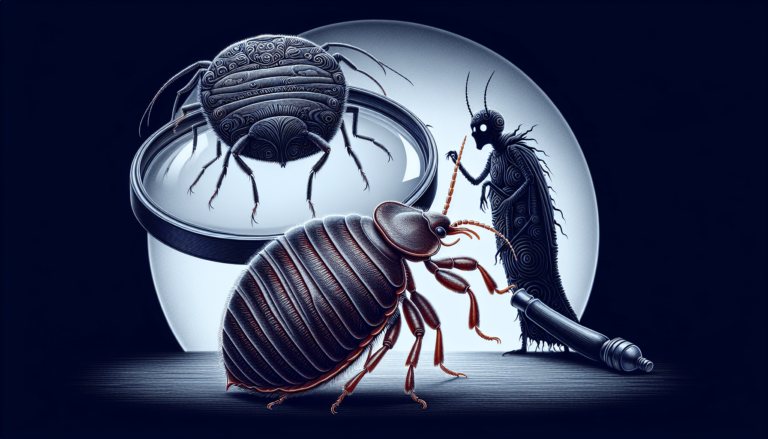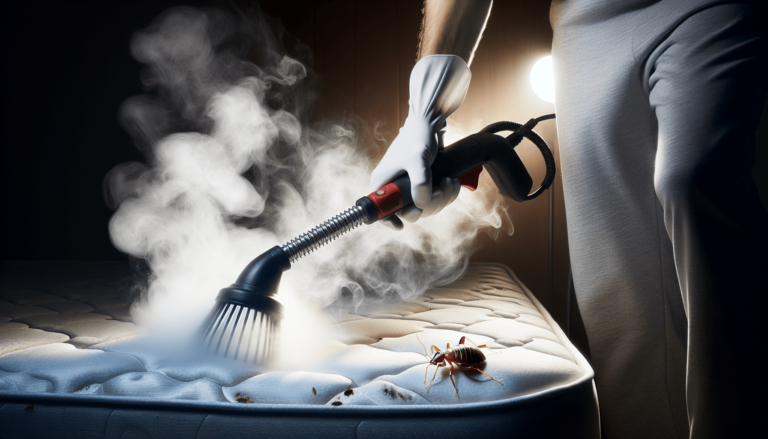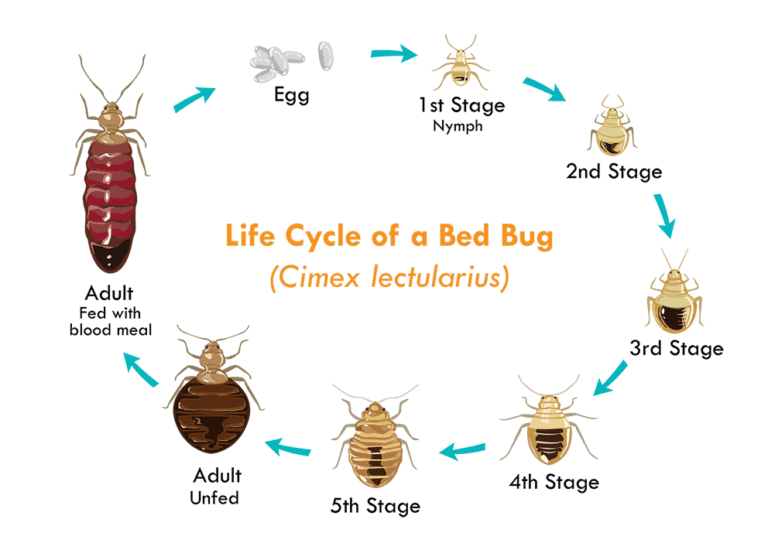How to Permanently Get Rid of Bed Bugs
If you’re one of the unfortunate individuals dealing with a bed bug infestation, you understand the frustration and anxiety it can bring. These pesky insects can quickly take over your home and disrupt your sleep, leaving you desperate for a solution. In this comprehensive article, you will discover the most effective methods and strategies to permanently get rid of bed bugs. As an expert with a lifetime of experience in dealing with these pests, I will guide you through step-by-step instructions, provide valuable insights and personal experiences, and include essential facts and data to ensure your success. By following this expert advice, you will regain control over your home and enjoy a bed bug-free environment once and for all.
Understanding Bed Bugs
Bed bugs are small, parasitic insects that feed on the blood of humans and animals. They are attracted to warmth and carbon dioxide, which is why they tend to infest areas where people commonly rest or sleep, such as beds and sofas. While bed bugs are not known to transmit any diseases, their bites can cause discomfort, itching, and in some cases, allergic reactions.
What are Bed Bugs?
Bed bugs are flat, oval-shaped insects that are reddish-brown in color. They are typically about the size of an apple seed, but can vary in size depending on their life stage and recent blood meals. Adult bed bugs have six legs and antennae, and their bodies are covered in microscopic hairs that give them a distinctive banded appearance.
Bed Bugs Lifecycle
Bed bugs go through several stages in their lifecycle, from egg to adult. The entire process usually takes about a month, but can vary depending on factors such as temperature and availability of food (blood). Female bed bugs lay eggs in small cracks and crevices near their feeding area. These eggs hatch into nymphs, which are smaller and lighter in color than adult bed bugs. Nymphs go through several molts, shedding their exoskeletons as they grow, until they reach adulthood.
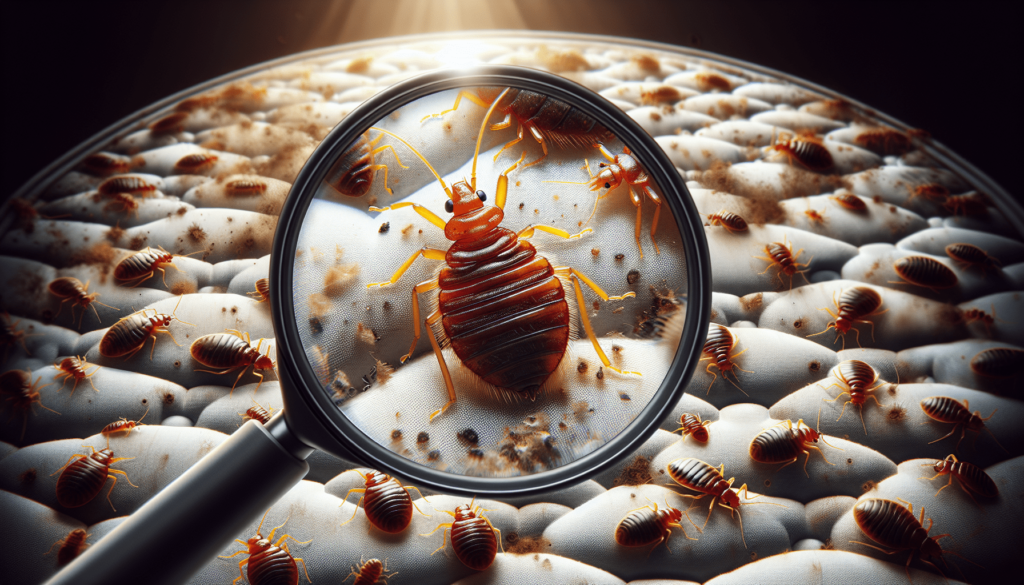
Effect of Bed Bugs on your Health
While bed bugs are not known to transmit any diseases, their bites can cause a range of reactions in individuals. For some people, bed bug bites may cause mild itching and irritation, similar to mosquito bites. However, others may have more severe reactions, such as blistering or hives. In rare cases, individuals may experience allergic reactions to bed bug bites, which can cause difficulty breathing or anaphylaxis.
Signs of Bed Bugs Infestation
Identifying a bed bug infestation can be challenging, as these insects are small and can hide in tiny cracks and crevices. However, there are several signs that can indicate the presence of bed bugs.
Bed Bug Bites
One of the most common signs of a bed bug infestation is waking up with itchy, red bites on your body. Bed bug bites usually appear in a line or cluster and can be accompanied by a small, red welt. These bites are usually painless at first, but can become increasingly itchy over time.
Hatching eggs and Skin Shedding
Another sign of a bed bug infestation is the presence of hatching eggs and shed exoskeletons. Bed bug eggs are tiny, about the size of a pinhead, and are often found in clusters. The eggs are translucent and may be difficult to spot without magnification. Additionally, as bed bugs go through their molting process, they shed their exoskeletons, leaving behind tiny, brown oval-shaped casings.
Spotting Live Bed Bugs
If you have a severe bed bug infestation, you may be able to spot live bed bugs. Adult bed bugs are visible to the naked eye and can often be found hiding in mattress seams, cracks in furniture, or behind wallpaper. They are nocturnal insects, so they are most active at night and tend to hide during the day.
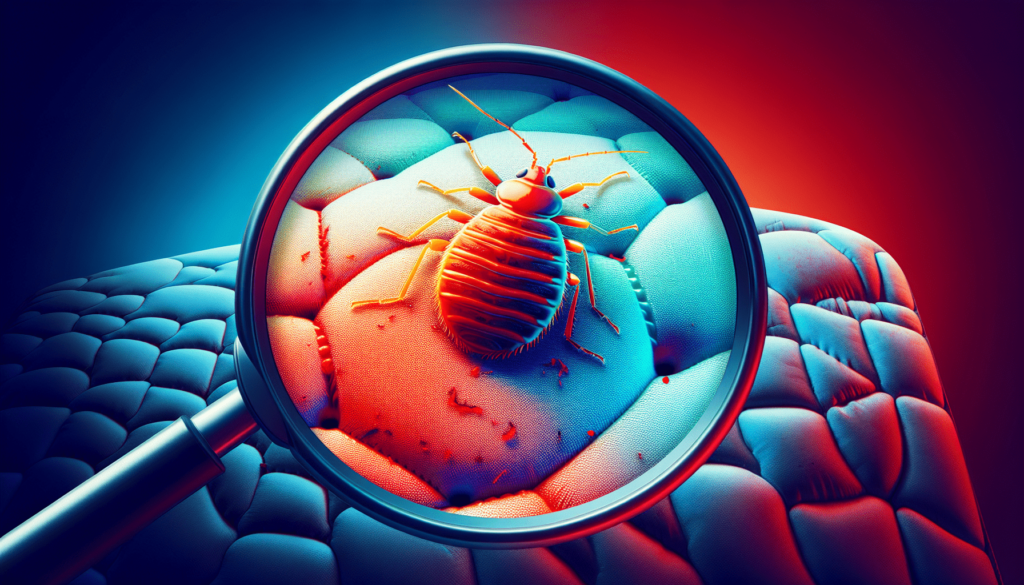
Causes of Bed Bugs Infestation
Bed bug infestations can occur for a variety of reasons. Understanding the common causes of infestations can help you take preventative measures to protect your home.
Travel and Luggage
Bed bugs are excellent hitchhikers and can easily travel from one location to another by hitching a ride on clothing, luggage, or other personal belongings. Staying in hotels, using public transportation, or visiting places with a high rate of bed bug infestations increases the risk of bringing bed bugs home.
Used Furniture
Purchasing used furniture, especially mattresses and upholstered items, can introduce bed bugs into your home. Bed bugs are known to hide in the seams and crevices of furniture, and while they may be invisible to the naked eye, they can easily be transported to your home.
Contaminated Clothing and Bedding
Bed bugs can also infest clothing and bedding, especially if they are left on infested surfaces for an extended period. Laundry facilities, shared closets, or even wearing infested clothing at a friend’s house can result in an infestation.
Areas of Infestation
Bed bugs can infest various areas in your home, not just the bed. Understanding the common areas where bed bugs hide can help you identify and eliminate an infestation.
Mattress and Bed Frame
The most common area for bed bugs to infest is the mattress and bed frame. Bed bugs are often found in the seams, folds, and tufts of mattresses, as well as in the cracks and crevices of bed frames. They may also hide behind headboards and nightstands.
Carpet and Rugs
Bed bugs can also infest carpets and rugs, especially if they are close to the sleeping areas. They can hide in the fibers and seams of carpets, making it difficult to detect an infestation. Regular vacuuming and deep cleaning can help eliminate bed bugs from carpets.
Sofas and Chairs
Upholstered furniture, such as sofas and chairs, provide ample hiding spots for bed bugs. They can hide in the seams, cushions, and folds of furniture, making it important to thoroughly inspect and treat any infested upholstery.
Walls and Wallpapers
In severe infestations, bed bugs may spread to surrounding areas, including walls and wallpapers. They can hide in cracks, peeling wallpaper, and electrical outlets. It may be necessary to remove and treat affected wallpaper or repair any cracks in the walls to eliminate bed bugs completely.
Prevention of Bed Bugs Infestation
Preventing a bed bug infestation is key to avoiding the discomfort and hassle of dealing with these pests. Here are some preventative measures you can take to protect your home.
Regular Cleaning
Maintaining a clean and clutter-free home can help prevent bed bug infestations. Regularly vacuuming carpets, upholstery, and mattresses can help remove any bed bugs or eggs that may be present. It is also important to wash bedding and clothing in hot water and dry them on high heat to kill any potential bed bugs.
Inspection of Second-Hand Items
Before bringing used furniture, mattresses, or clothing into your home, thoroughly inspect them for any signs of bed bugs. Pay close attention to seams, crevices, and folds. If possible, treat the items with heat or have them professionally inspected before introducing them into your living space.
Use of Protective Covers
Encasing mattresses and box springs in protective covers can help prevent bed bugs from infesting these areas. Look for covers that are specifically designed to be bed bug-proof and make sure they are completely sealed. These covers can also help in detecting and eliminating an infestation, as any bed bugs trapped inside the cover will eventually die.
DIY Bed Bugs Control Methods
If you have a minor bed bug infestation, there are several do-it-yourself methods you can try to control and eliminate the pests.
Heat Treatment
Bed bugs are highly sensitive to heat, and exposing them to high temperatures can effectively kill them. You can use a steamer or a clothes dryer on high heat to treat infested items, such as clothing, bedding, and furniture. It is important to ensure that the heat reaches all areas where bed bugs may be hiding.
Cold Treatment
Just like heat, extreme cold temperatures can also kill bed bugs. Placing infested items in a freezer that can maintain temperatures below 0°F (-18°C) for several days can help eliminate the pests. However, it is important to note that this method may not be effective for larger items or severe infestations.
Use of Vacuum Cleaner
Regularly vacuuming infested areas, such as mattresses, carpets, and upholstery, can help remove bed bugs, eggs, and shed exoskeletons. Be sure to use a vacuum cleaner with a HEPA filter to prevent any bed bugs from escaping. After vacuuming, remove the vacuum bag or empty the canister into a sealed plastic bag and dispose of it outside of your home.
Chemical Treatments for Bed Bugs
In severe infestations or when DIY methods are not effective, chemical treatments may be required to eliminate bed bugs.
Insecticide Sprays
Insecticide sprays specifically designed for bed bugs can be used to treat infested areas. It is important to carefully read and follow the instructions on the label, as well as take necessary safety precautions. Some sprays may need to be applied repeatedly to ensure complete eradication of bed bugs.
Diatomaceous Earth
Diatomaceous earth is a naturally occurring sedimentary rock that can be used to control bed bugs. It works by dehydrating the insects and causing them to die. Diatomaceous earth should be applied in areas where bed bugs are likely to hide, such as cracks, crevices, and behind furniture.
Fogging Treatments
Fogging treatments involve the use of insecticides that are dispersed as a fine mist or fog. This method can effectively eliminate bed bugs in hard-to-reach areas, such as behind walls or inside electrical outlets. However, fogging treatments should only be carried out by professionals, as improper use can result in health hazards.
Non-Chemical Treatments for Bed Bugs
If you prefer non-chemical methods or have concerns about the use of insecticides, there are alternative treatments available.
Encasing Mattresses
Using bed bug-proof mattress encasements can help prevent bed bugs from infesting your mattress. These encasements are specially designed to be impermeable to bed bugs, creating a barrier between the insects and the mattress. They can also help in trapping and killing any bed bugs that are already present.
High Heat Laundry
Washing and drying infested clothing, bedding, and other items on high heat can effectively kill bed bugs and their eggs. Be sure to use the hottest water and highest heat setting available for the specific items. It is also important to ensure that the heat reaches all areas where bed bugs may be hiding.
Professional Steaming
Professional steaming involves using high-temperature steam to kill bed bugs, their eggs, and nymphs. This method can be effective in treating infested furniture, carpets, and other items that cannot be easily washed or heated. Professional steaming should be performed by trained technicians to ensure proper treatment and avoid any damage to the treated items.
Professional Bed Bugs Treatments
In severe infestations or when other methods have failed, it may be necessary to hire a pest control professional to eliminate bed bugs from your home.
Hiring a Pest Control Professional
When hiring a pest control professional, it is important to choose a reputable and experienced company. Look for professionals who are licensed and certified in bed bug treatment. They should also have a thorough understanding of bed bug behavior and treatment methods.
Cost of Professional Treatments
The cost of professional bed bug treatments can vary depending on the extent of the infestation and the size of your home. Factors such as the number of rooms to be treated and the type of treatment required can also affect the cost. It is best to get multiple quotes from different companies and compare their services and prices.
What to Expect from a Professional Treatment
During a professional bed bug treatment, the pest control professional will first conduct a thorough inspection of your home to determine the extent of the infestation. They will then develop a treatment plan specific to your situation. The treatment may involve a combination of methods, such as insecticide sprays, steam treatments, and other targeted approaches. It is important to closely follow the instructions provided by the professional before, during, and after the treatment to ensure its effectiveness.
Post Treatment Care
After completing a bed bug treatment, it is important to take steps to prevent re-infestation and maintain a bed bug-free environment.
Monitoring for Re-infestation
Regularly inspect your home, especially sleeping areas, for any signs of bed bug activity. Pay close attention to areas where bed bugs are known to hide, such as mattress seams, cracks in furniture, and behind wallpaper. Early detection of any new infestation can help prevent a larger outbreak.
Continued Prevention Methods
Continue practicing preventative measures even after a successful bed bug treatment. Vacuum regularly, wash bedding and clothing in hot water, and use protective covers on mattresses and box springs. Avoid bringing used furniture or items of unknown origin into your home without proper inspection.
Importance of Regular Inspection for Early Detection
Regular inspection is crucial in identifying and addressing any potential bed bug infestations early on. By detecting and treating bed bugs promptly, you can prevent their population from increasing and minimize the potential health risks associated with their bites.
In conclusion, understanding bed bugs and their lifecycle is essential in effectively preventing and treating infestations. By following preventative measures, utilizing DIY control methods, or seeking professional treatment when necessary, you can maintain a bed bug-free environment and protect your health and well-being.


